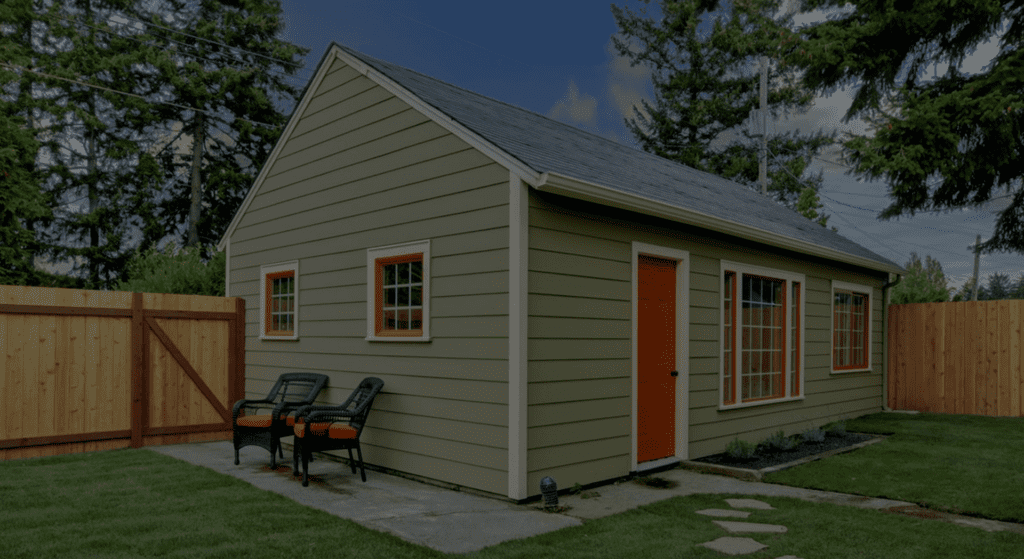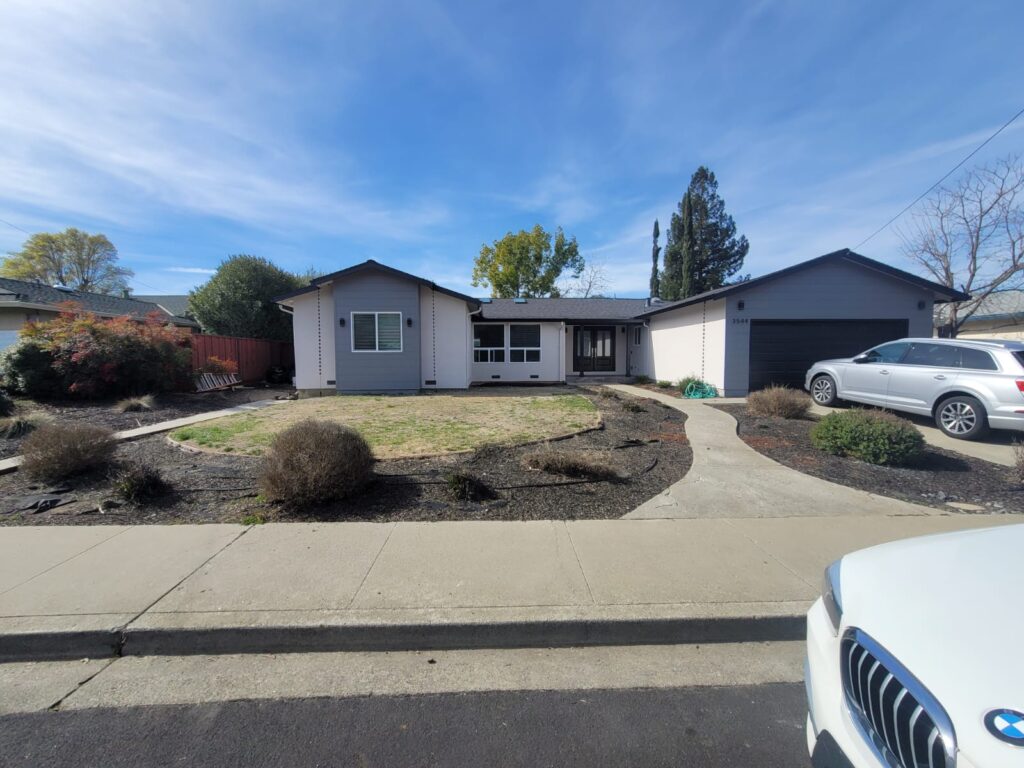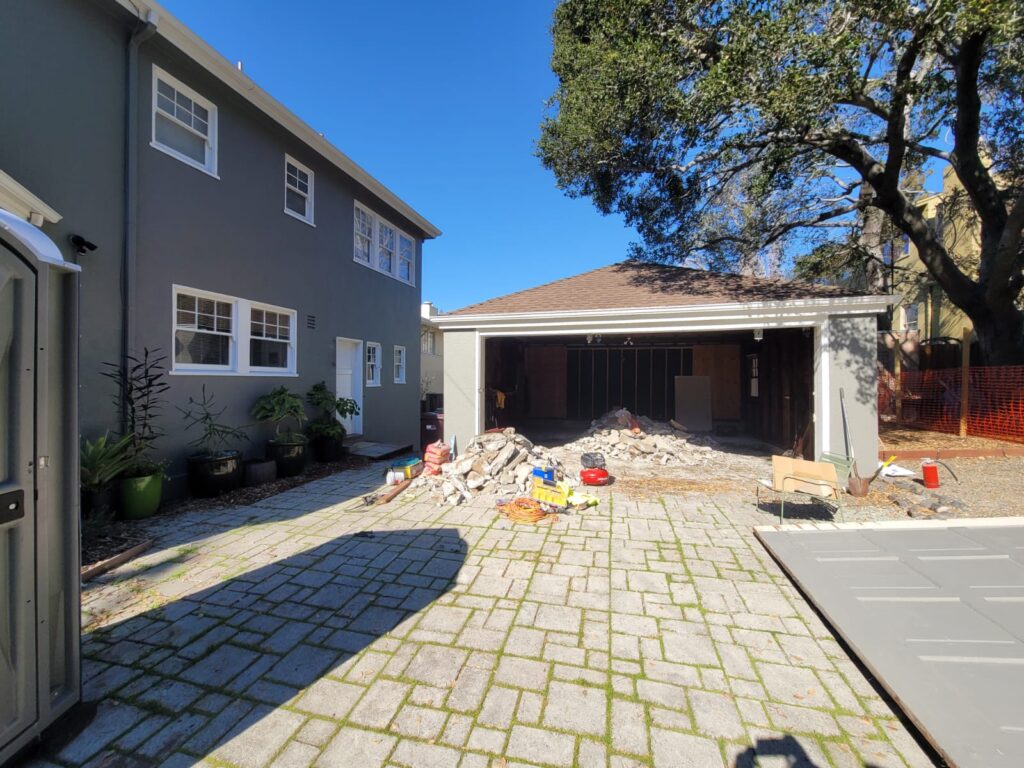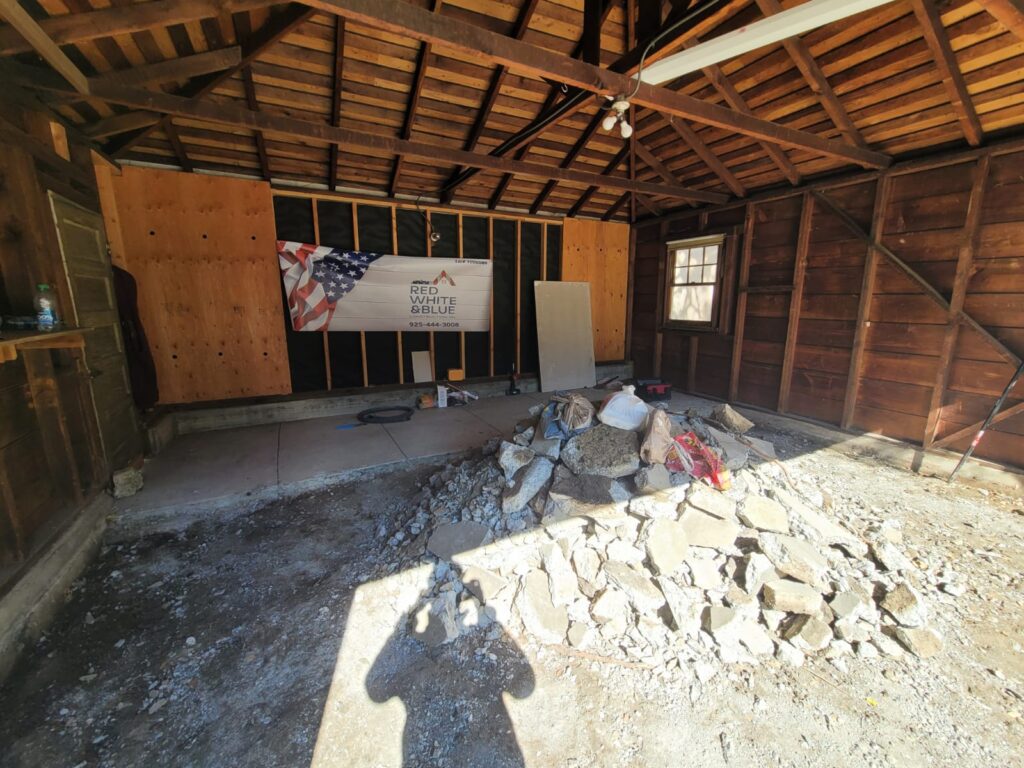Exploring the world of Accessory Dwelling Units (ADUs) unveils a crucial decision point: detached ADUs versus attached ADUs. Understanding the nuances between these options is vital to choosing the right fit for your needs. Detached ADUs offer privacy and flexibility, while attached ADUs maximize space efficiency and accessibility. By delving into the historical context of ADUs, we can grasp how these living spaces have evolved to meet modern demands. Whether you prioritize independence or seamless integration with your primary residence, this comparison will shed light on which option aligns best with your lifestyle and goals.
Attached ADUs Overview
Definition and Features
Attached ADUs are units that are connected to the primary residence, offering a more integrated living arrangement. They typically share walls with the main house but have separate entrances. Common design elements in attached ADUs include outdoor spaces like patios or balconies and independent utilities such as separate water and electricity meters. These units come in various styles and sizes, providing flexibility to homeowners based on their preferences.
Benefits of Attached ADUs
Cost-effectiveness is a significant advantage of attached ADUs as they often require less construction material and labor compared to detached options. The proximity to the main house offers convenience for families, especially those with elderly relatives or young children. Building an attached ADU allows homeowners to maximize existing property space without consuming additional land, making them an efficient use of resources.
Challenges of Attached ADUs
One challenge of attached ADUs is the potential privacy concerns that arise from sharing walls with tenants or family members. This shared space may lead to noise disturbances or limited privacy for both parties. Local regulations may also impose restrictions on the size and design flexibility of attached ADUs, limiting customization options for homeowners. Moreover, the close quarters between the primary dwelling and the attached unit can result in noise issues, impacting the comfort of residents in both spaces.
Detached ADUs Overview
Definition and Features
Detached Accessory Dwelling Units (ADUs) are standalone structures on a property, providing complete living facilities. They typically include a bedroom, bathroom, kitchen, and living space. Detached ADUs have their own entrance, offering occupants a sense of independence.
Benefits of Detached ADUs
- Increased privacy and autonomy are key advantages of detached ADUs, ideal for both homeowners and tenants.
- Occupants can enjoy higher rental income as detached units are often more attractive to renters seeking privacy.
- The ability to customize landscaping around detached ADUs enhances the overall property aesthetics and functionality.
Challenges of Detached ADUs
- Building detached ADUs may incur higher construction costs compared to attached units due to separate foundations and utilities.
- Zoning regulations can pose challenges by limiting where detached ADUs can be placed within a property.
- Additional infrastructure requirements such as utilities and parking can add complexity to the construction process.
Size Considerations
Space Requirements
When considering detached ADUs, it’s crucial to understand the minimum setback requirements. These regulations ensure a safe distance between the ADU and the main property. For attached ADUs, setback requirements are often less stringent due to their connection to the primary dwelling. The available yard space plays a significant role in determining the feasibility of constructing a detached ADU. Limited yard space may make it challenging to accommodate a detached unit, pushing homeowners towards attached options. Local jurisdictions typically impose caps on square footage for both types of ADUs to control the size and scale of these secondary units.
Design Flexibility
Attached ADUs are somewhat restricted in terms of design options as they need to align with the existing structure. This limitation can impact the overall layout and aesthetics of the unit. On the other hand, detached ADUs offer greater design flexibility, allowing homeowners to explore various architectural styles and configurations. This flexibility opens up a world of creative possibilities, enabling unique and innovative designs that stand out from the main dwelling. It’s essential to note that design choices play a significant role in shaping the functionality and aesthetics of both attached and detached ADUs.
Privacy Aspects
Privacy in Attached ADUs
Attached ADUs present unique challenges regarding privacy due to sharing walls with the main house. This setup can compromise tenant privacy and sound insulation. To address these issues, soundproofing solutions are essential to minimize noise transfer between units. Careful layout planning is crucial to create separate living spaces within attached ADUs.
Privacy in Detached ADUs
Detached ADUs offer inherent privacy advantages by providing a completely separate living space from the main house. This separation ensures a higher level of privacy for tenants. Moreover, strategic landscaping around detached ADUs can further enhance privacy by creating barriers between properties. Owners can also design distinct outdoor areas for both the main house and the detached unit to maintain privacy boundaries.
Economic Factors
Cost of Construction
Building detached ADUs typically costs more than attached ones due to separate foundations and utilities. Materials, labor, and design complexity contribute to the overall cost differences between the two types. Homeowners can explore financing options like home equity loans or ADU-specific loans for construction.
Potential ROI
Attached ADUs may offer a quicker return on investment through rental income due to shared walls and utilities. Adding an ADU can increase property value by providing additional living space or rental income potential. Market trends, such as the growing demand for rental properties, can impact the ROI of both types of ADUs.
Choosing the Right ADU
Personal Needs
When deciding between attached and detached ADUs, homeowners should evaluate their personal needs. Consider family dynamics, lifestyle preferences, and future plans. Aligning ADU choices with long-term goals is crucial for satisfaction.
Property Layout
The existing layout of a property plays a significant role in choosing between attached and detached ADUs. Lot size and shape directly impact the feasibility of each type of ADU. Access points and flow between the main house and ADU must be carefully considered.
Budget Constraints
Budget limitations can heavily influence the decision between attached and detached ADUs. Homeowners should think about long-term financial implications when making this choice. Accurate cost estimates are essential, along with planning for unexpected expenses.
Final Remarks
Considering the pros and cons of attached and detached ADUs, you can now make an informed decision based on your specific needs. Attached units offer convenience and cost-effectiveness, while detached units provide privacy and flexibility. Your choice should align with your goals and constraints, ensuring the ADU complements your lifestyle seamlessly.
As you navigate through the process of selecting the right ADU type, remember to prioritize factors such as space utilization, budget considerations, and desired level of independence. By taking these elements into account, you can create a harmonious living arrangement that adds value to your property and enhances your quality of life.
Frequently Asked Questions
1. What are the key differences between attached ADUs and detached ADUs?
Attached ADUs are connected to the main house, providing convenience and shared utilities. Detached ADUs stand alone, offering more privacy but requiring separate utility connections.
2. Which factors should I consider when deciding on the size of an ADU?
Consider your property size, local zoning regulations, your needs or goals for the ADU, and potential future uses like rental income or family expansion.
3. How do privacy aspects differ between attached and detached ADUs?
Attached ADUs may have less privacy due to shared walls or proximity to the main house. Detached ADUs offer more seclusion and independence for occupants.
4. What economic factors should be taken into account when choosing between attached and detached ADUs?
Cost considerations include construction expenses, utility connections, maintenance costs, potential rental income, property value increase, and long-term financial benefits.
5. How can I ensure I choose the right type of ADU for my property and needs?
Evaluate your lifestyle preferences, budget constraints, zoning regulations, desired level of privacy, space requirements, and long-term goals before selecting either an attached or detached ADU.

Revitalize Your Property with Expert Detached ADU Installations by Red White & Blue Construction!
Dreaming of adding a stylish and functional detached accessory dwelling unit (ADU) to your property in Lafayette, CA? Red White & Blue Construction is here to make that dream a reality with our top-notch ADU installation services! Our team excels in detailed planning and precise execution, ensuring your detached ADU perfectly matches your vision. Specializing in detached ADU installations, we’re dedicated to enhancing your property with a modern, versatile living space. Our outstanding reputation throughout the Bay Area reflects our unwavering commitment to quality, precision, and excellence in every project phase.
At Red White & Blue Construction, we believe in enhancing more than just your property; we aim to elevate your entire home renovation experience. With meticulous planning, transparent pricing, and exceptional customer service, choosing us for your ADU installation means embarking on a seamless and enjoyable renovation journey. Let Red White & Blue Construction handle all your detached ADU needs and take the first step toward a more elegant and functional living space. Contact us today to get started!
Disclaimer
The materials available on this website are for informational and entertainment purposes only and not to provide advice. You should obtain advice concerning any particular issue or problem from a professional. You should not act or refrain from acting based on any content included in this site without seeking legal or other professional advice. The information presented on this website may reflect only some of the current building developments. No action should be taken in reliance on the information on this website. We disclaim all liability concerning actions taken or not taken based on any or all of the contents of this site to the fullest extent permitted by law.





